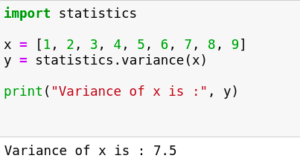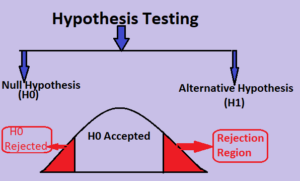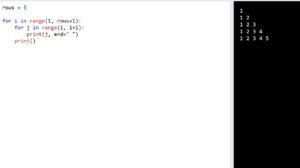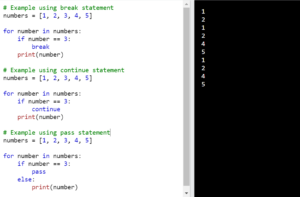A confidence interval is a statistical method where an estimate is measured from the observed data. A confidence interval gives a range of values.
For example:
If someone asks the question, what is the probability of tomorrow’s temperature holding 42 degrees Celcius or more?
The Probability is 0
You can say it can be between 30 degrees Celcius to 47 degrees Celcius.
Formula:
- CI = confidence interval
- x̄ = sample mean
- z = confidence level value
- s = sample standard deviation
- n = sample size
Some sample doesn’t give the correct result. Point estimators are valuable, but they may cause errors because we’re not dealing with the entire population. All we’re doing is giving the best estimate. If the sample we use is unbiased, then the estimate is likely to be close to the true value of the population.
For Example, A Supermarket with 100 branches is thinking of starting a new product for its customer.
The profitability of the product depends on the average sales by the Supermarket.
A market research campaign is launched in which about 10 supermarkets participated in a pilot launch.
The average selling product by this Supermarket is 2021 and the standard deviation is 231
What can we say about the average product that will be sold after a full-fledged market launch?
Solution:
Based on the survey and past data
- x̄ = 2021
- s = 231
- n = 10
- z= Confidence interval value that may be 80%, 95%, 99%

First, calculate the s/√n
s/√n = 231/√10 = 73.04
Formula link
x̄ –z s/n x̄ +z s/n
For a 95% confidence interval
x̄ –z s/n x̄ +z s/n
= 2021-(1.960) × 73.04 2021 + (1.960) × 73.04
= 1878 to 2164
For a 99% confidence interval
x̄ –z s/n x̄ +z s/n
= 2021-(2.576) × 73.04 2021 + (2.576) × 73.04
= 1833 to 2209
Confidence intervals are getting by performing the range and the error
For example, In the 95% interval of product launch, we get the range from 1833 to 2209, which means this is the average of many data.
What if we don’t know the Standard Deviation
We can replace the standard deviation with our best guess (point estimate) s, which is the standard deviation of the sample.
Confidence Interval in Python
sbi_ci=stats.norm.interval(0.95,
loc=sbi.gain.mean(),
scale=sbi.gain.std())
print('Gain of 95% confidence interval of SBI is', np.round(sbi_ci, 4))
Output: Gain of 95% confidence interval of HDFC is [-0.0427 0.0427]







